

Max Davies
2026 Mazda CX-30 G20 Pure review
4 Days Ago
VW Australia is working hard to get its first EVs to market within the next year or so, with the ID.4 and ID.5 crossovers the focus.

Marketplace Editor
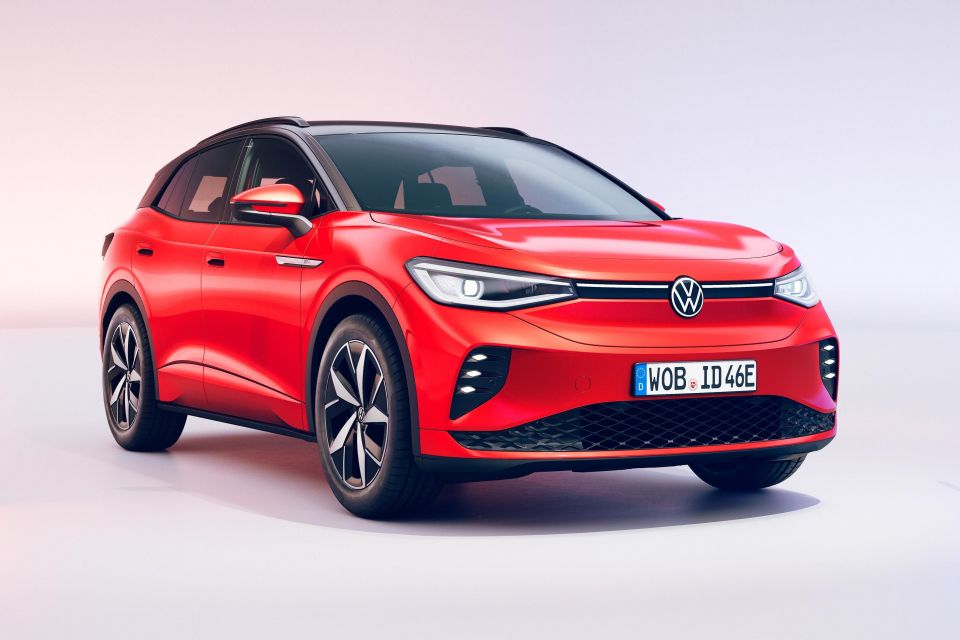

Marketplace Editor
Volkswagen’s electric ID.4 and ID.5 SUVs – on sale in Europe and the US already – could finally land in Australia before the end of 2023 if the company’s local division gets its way.
Volkswagen Australia told CarExpert today that it had been campaigning with its global parent to get access to its first pure electric vehicles, production of which has been constrained.
“Globally Volkswagen is balancing supply and demand, however an electrification expansion is clearly our target in concert with pursuing the fully-electric ID.4 and ID.5 – in fact we are working to bring forward their SOP [start of production] for Australia to the second half of next year,” a Volkswagen Australia spokesman said.
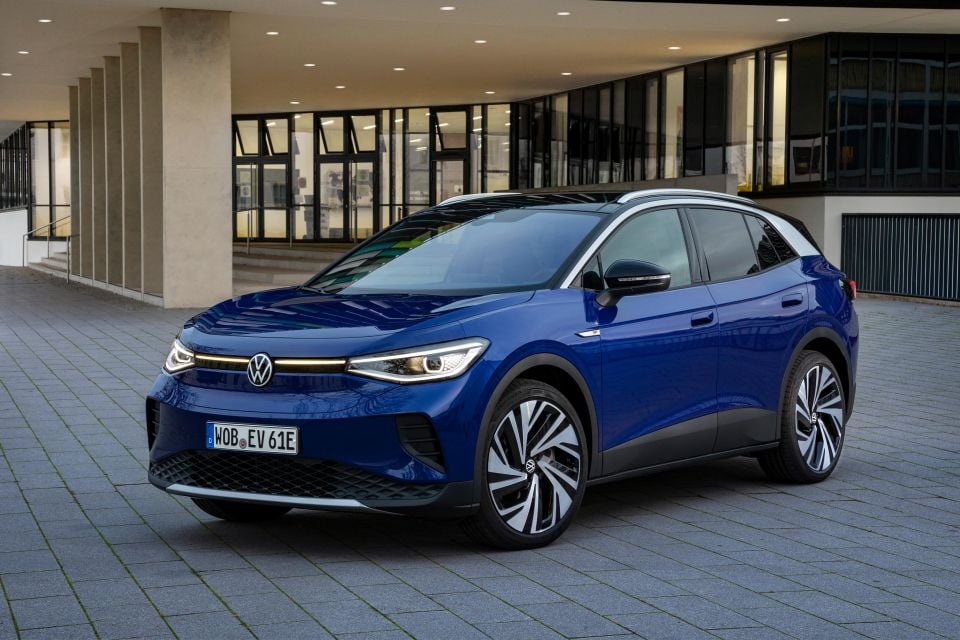

There have been a series of setbacks for Volkswagen Australia, which had originally planned to launch its first ID. EV models in 2022, then 2023, and then sometime during 2023 or 2024.
The Golf-sized ID.3 is clearly not the priority any longer, given traditional passenger car sales are falling. There’s also high demand for the hatchback in Europe.
So the ID.4 and ID.5 shape up as VW’s best candidates to kick off its electric onslaught in Australia, serving as EV alternatives to the similarly-sized Tiguan. How these models will be priced and specified remains to be seen.

As a guide, Volkswagen advertises an entry-level ID.4 in the UK for around the same price as the most affordable Volkswagen Tiguan eHybrid PHEV (circa £37,000 or $64,340). While direct conversions may not be the best indicator of local pricing, it gives you an idea of how these vehicles are positioned overseas.
The core ID.4 range includes a 108kW (148PS) base model with 52kWh lithium-ion battery, good for 0-100 in 10.9 seconds and a WLTP-certified combined driving range of 342 kilometres.
There’s also a 125kW (170PS) single-motor variant offered with the smaller battery, as well as 128kW (174PS) single-motor and 150kW (204PS) dual-motor variants with a larger 77kWh battery with 318-320 miles (511-515km) of range.

Sitting above the core line-up is the performance-focused GTX, which gets 220kW from its dual-motor electric drive system and quotes a driving range of 479km from its 77kWh battery.
The mechanically related ID.5 is only offered with the 77kWh long-range battery in the UK, but is available with 128kW and 150kW core motor variants, as well as the 220kW GTX. In the UK an ID.5 GTX costs around the same as an entry-level Touareg, for reference.
Both vehicles are based on the VW Group’s MEB architecture, which underpins vehicles like the smaller ID.3 and Cupra Born hatchbacks, as well as the Audi Q4 e-tron, Q4 Sportback e-tron and the Skoda Enyaq – the latter has been earmarked for a late-2023 introduction as well.

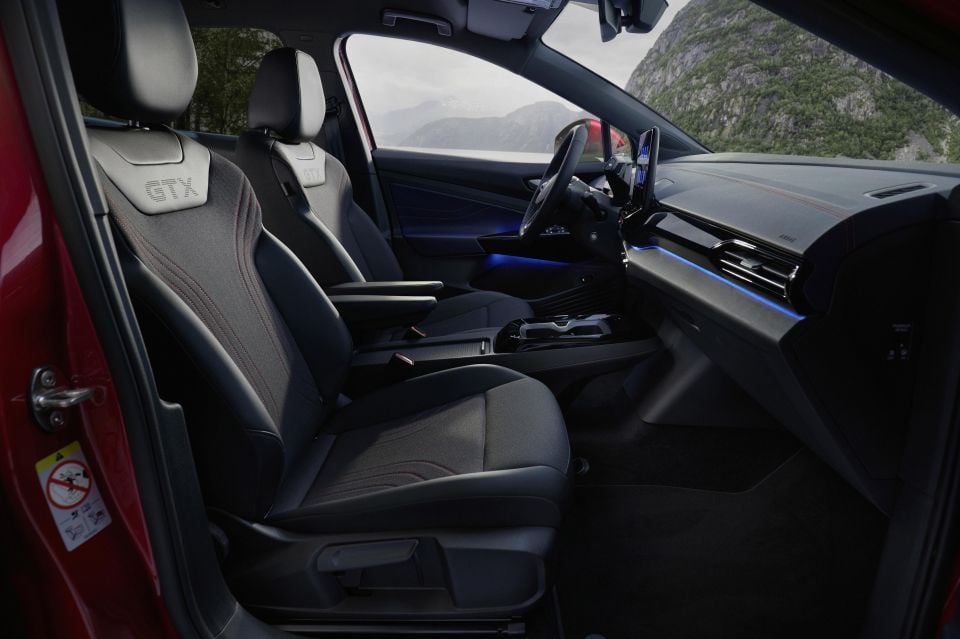
It’s unclear which variants of the ID.4 and ID.5 would make their way to Australia, but given the high likelihood of restricted supply (and low volume) as well as local taste for high-spec models, expect just the 77kWh versions of the ID.4 to be offered and high-spec versions of both the ID.4 and ID.5 at that.
Australia’s position as a top market for Volkswagen performance products could see the GTX versions of the ID.4 and ID.5 be offered in Australia early on too, but this is all to be confirmed by the company’s local division.
The ID.4 and ID.5 will follow the ID.3-based Cupra Born into the Australian market, due to arrive in the early stages of 2023. Cupra has also beaten its German parent to plug-in hybrid products, with the Leon hatchback and Formentor crossover both bringing PHEV variants before the end of this year.
Speaking of PHEVs, Volkswagen Australia will introduce the flagship Touareg R PHEV late in 2022 or early 2023, and has indicated plans to introduce the Tiguan eHybrid and Golf GTE plug-in hybrids not long after.
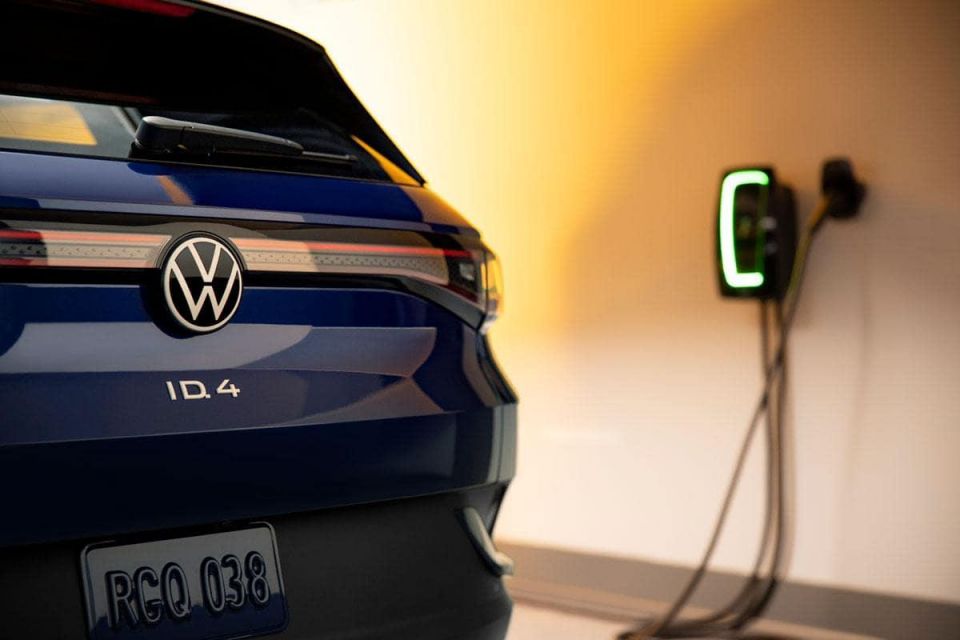
Stay tuned to CarExpert for all the latest.
MORE: Volkswagen ID.4 review
Where expert car reviews meet expert car buying – CarExpert gives you trusted advice, personalised service and real savings on your next new car.
James Wong is an automotive journalist and former PR consultant, recognised among Australia’s most prolific motoring writers.


Max Davies
4 Days Ago


James Wong
2 Days Ago


William Stopford
2 Days Ago


Josh Nevett
1 Day Ago
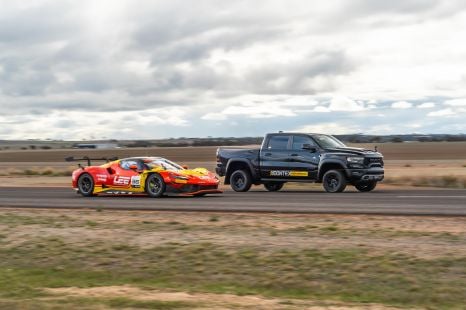

Paul Maric
19 Hours Ago


Ben Zachariah
7 Hours Ago